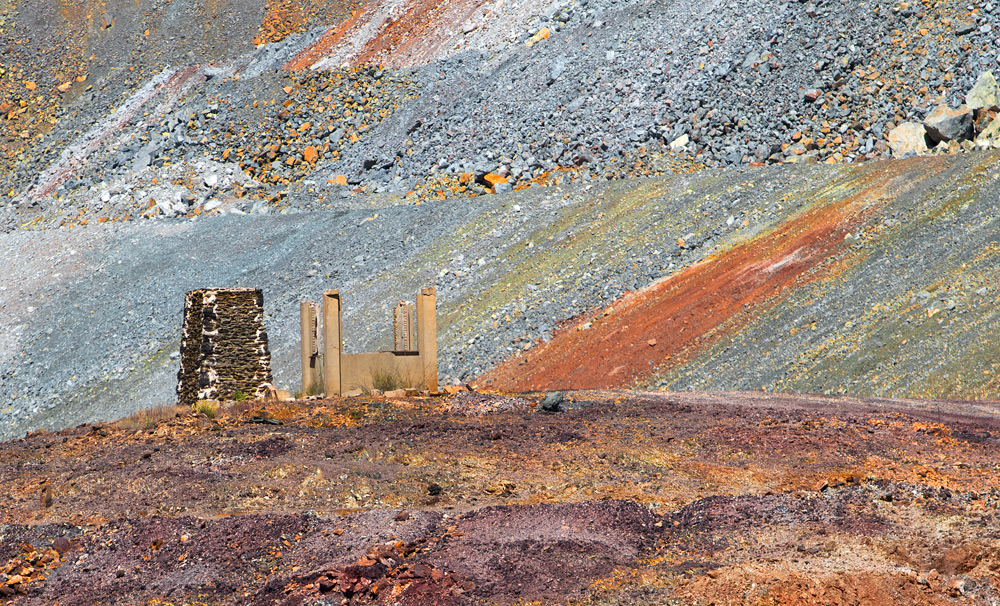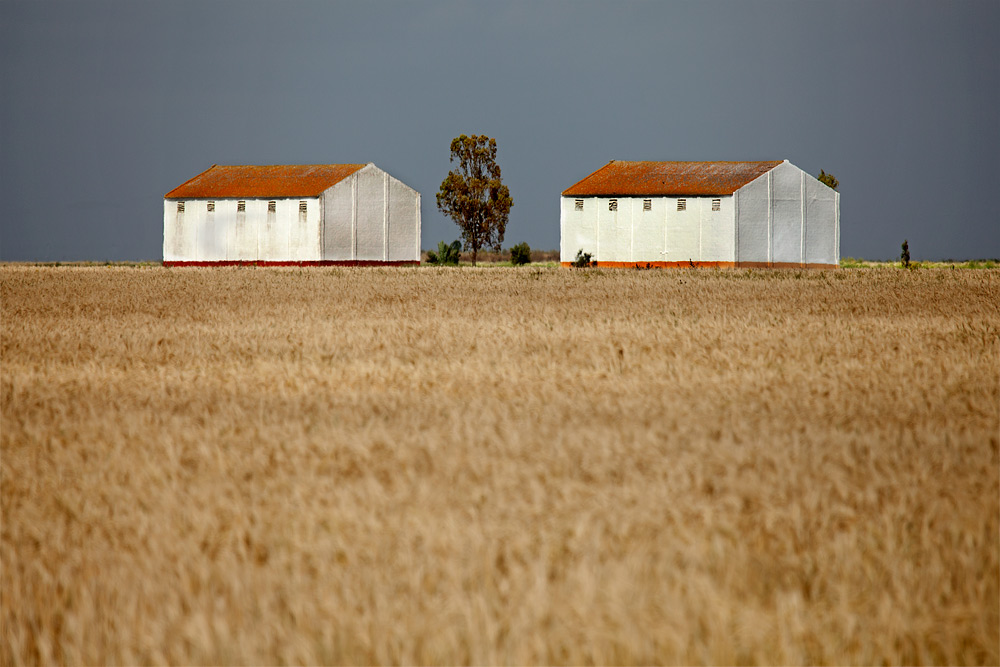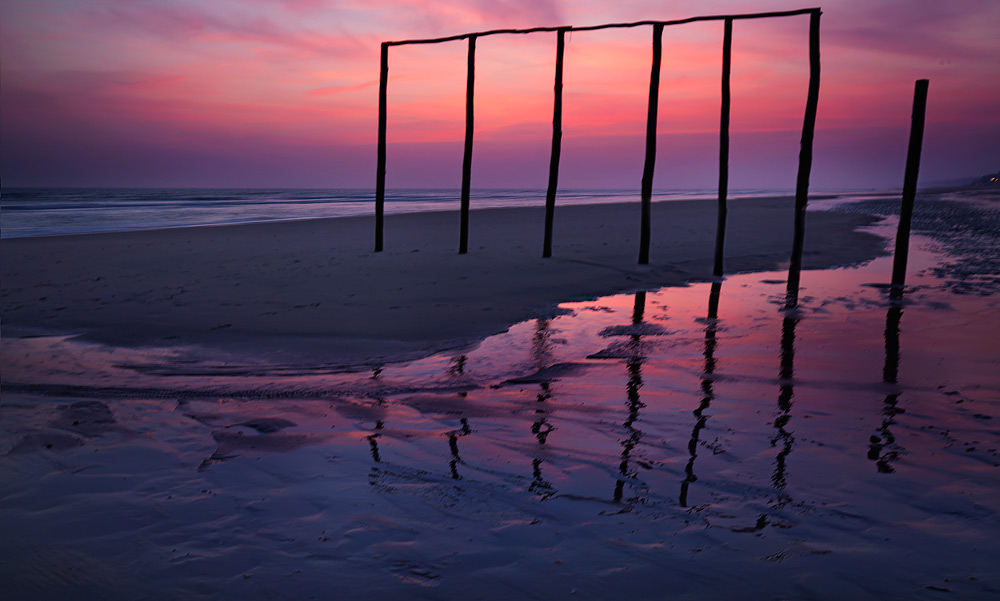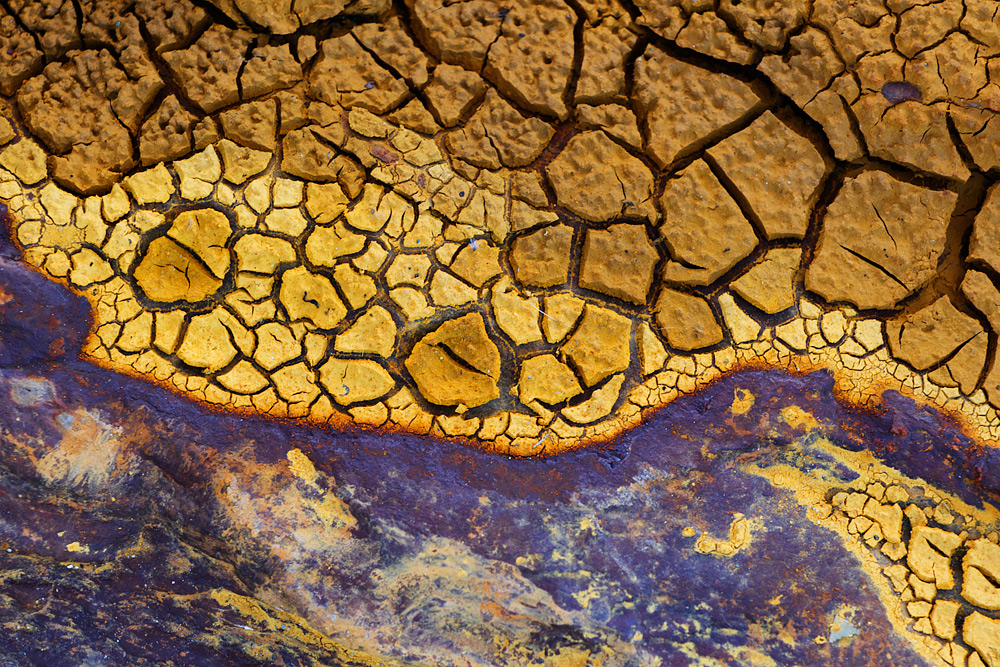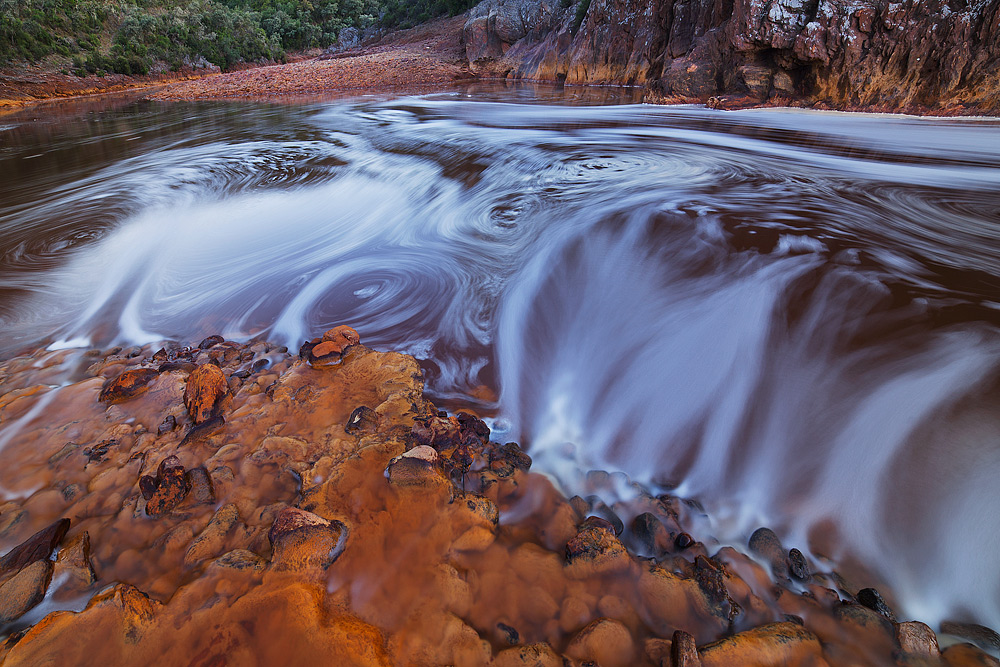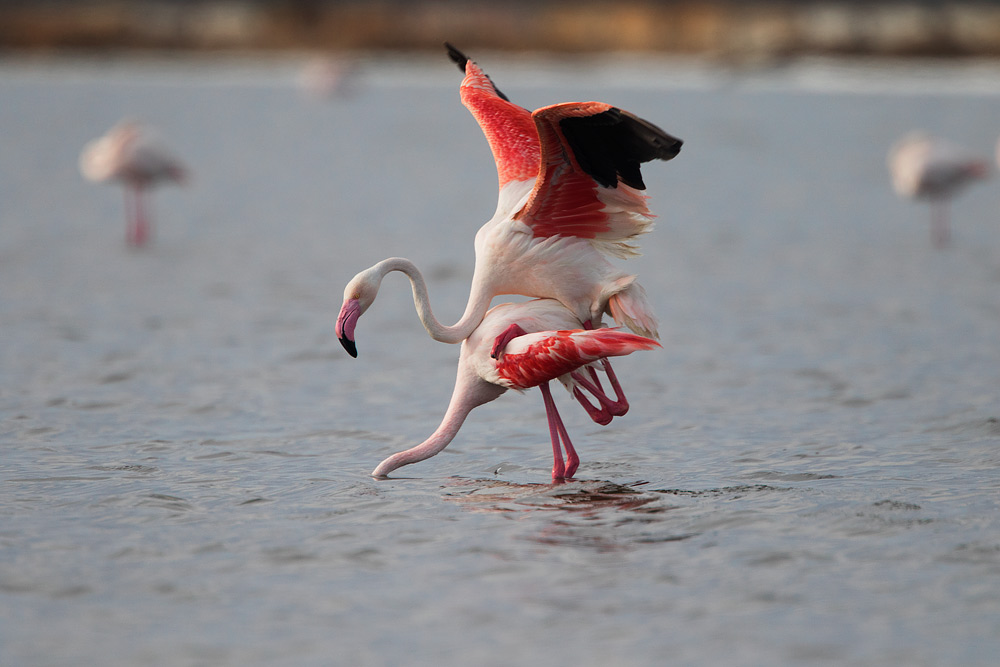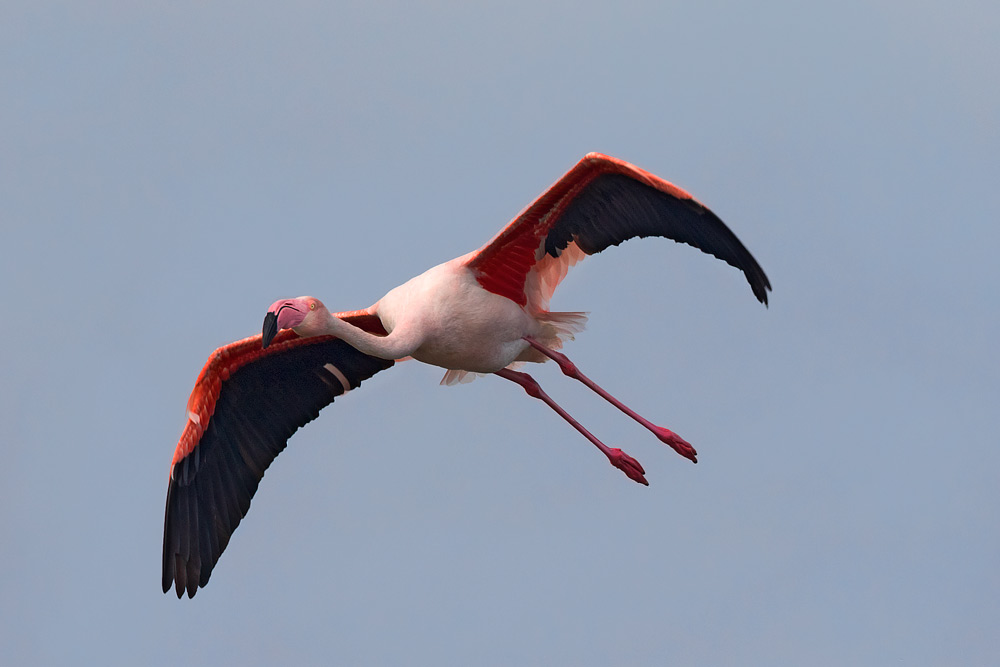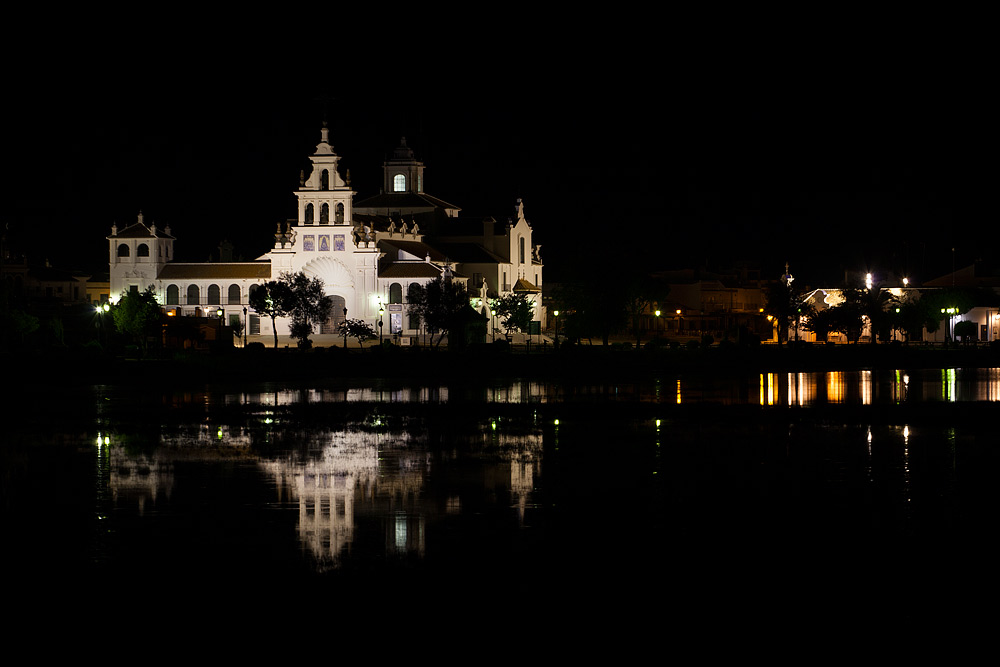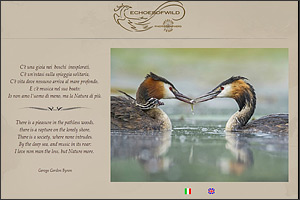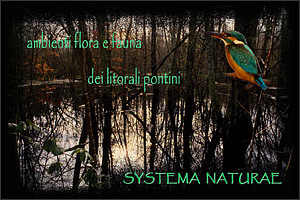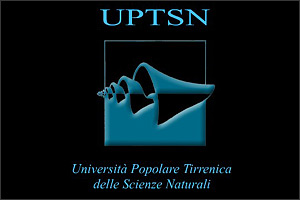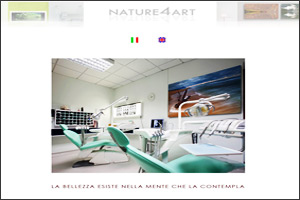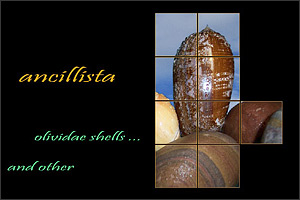menu css3 by Css3Menu.com
| SPAIN |
|
|
|---|
SPAIN: COTO DOÑANA - THE SERENGES OF EUROPE Coto Doñana Park is one of the largest parks in Europe and concerns the area of the mouth of the Guadalquivir River in a triangle between the cities of Seville, Jerez and Huelva. It is the second wetland complex of Western Europe after Waddensee (the coastline from Holland to Danish territory). Coto Doñana is the largest protected area in Spain, the UNESCO Biosphere Reserve and World Heritage since 1994. Established in 1978, it is made up of two distinct areas: the National Park occupying an area of 50,174 hectares, Adjacent we find the Natural Park (called Entorno de Doñana) of 53,709 hectares. The origin of the park's name dates back to the sixteenth century when the seventh Duke of Medina built a palace for his bride, Doña Ana Gòmez de Mendoza Y Silva. The surrounding lands soon came to the denomination of Bosque of Doña Ana or Coto de Doña Ana, until the name contracted to what we know today. I've been to Spain several times and in particular in Coto Doñana. Each time, I had great satisfaction with the hundreds of thousands of birdlife in this area. Wings, wings and wings everywhere. In the summer thousands of brown kites, storks, sponbills, flamingos, godwits, fighters, black-winged stilts and so much more. In the spring everywhere you look at nests and garzaies: for example, that of the Sponbills on a group of eucalyptus, or of the Red heron (to hundreds), or the Storks or even the kites and so on. In February, concentrations of 75,000 to 95,000 pink flamingos can be seen. Do not forget, then, the endemism of the azure-winged magpie, present only here and in Greece. Not to be underestimated, then, from the masmmals: from the "marismegni" horses that will give us scenes of old times. Or the elusive, and the very hard truth to see (and photograph) Iberian lynx. Or deers, much more shy here than in northern Europe. But Coto Doñana is also landscapes. The marismas will give us images of open spaces to the eye and typical palustrian environment with its characteristic vegetation. Another very special environment (and suitable for photographs of effect) is that of coastal dunes, sometimes even 50-60 meters high. It's a long and uninterrupted 60km-long strip from Matalascagnas to the mouth of the Gadalquivir to reach with the park-off-road minibuses. If we want to visit the surroundings of Doñana, we can not miss an excursion to Rio Tinto's mines, a river that crosses the Mineral Park and take color from the ferrous materials that it then deposits in its course. Here it is all yellow and red with landscape (and detail) views almost unique. Remember that we are in Andalusia, one of the most beautiful areas in Spain, whose capital, Seville, is a magnificent city where you can taste the delicacies of Spanish cuisine. An experience to do absolutely and in which I will be happy to accompany you if you want. Visit the galleries and read the article that I wrote about the Park of Coto Doñana. For information on travel organization contact the author at the contact details provided in the "Contacts" section.
|
 |
